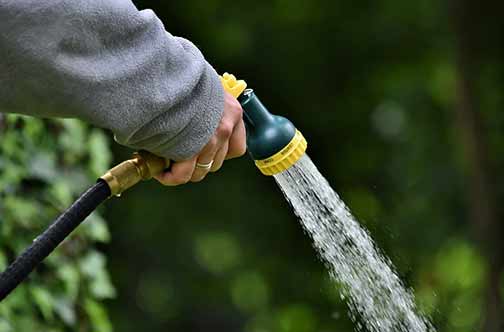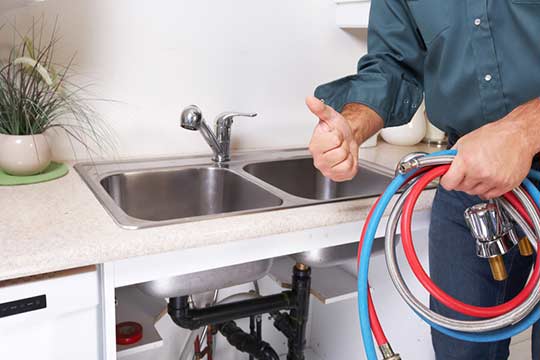Now that fall is around the corner, is your plumbing ready for the onslaught that often happens this season and in winter? During fall, your home is more likely to suffer a sewer backup as drains get clogged with fallen leaves. Pipes are also expected to freeze in the winter months.
But as temperatures continue to drop, you can avoid future problems if you take the necessary steps to protect your home’s plumbing, advises Advantage Property Management. Considering how much money they can save you, the steps for getting your plumbing ready for fall are very easy.
Here is our list of the eight most important maintenance tips for your home’s plumbing this fall.
Prepare your water heater
Lower temperatures mean you will need more hot water at this time of the year. To make sure the water heater is ready to handle the extra demand, you need to get the unit ready. The first step is to flush the water heater to eliminate sediment.
Sediment inside your water heater tank will make it work harder and shorten its lifespan. In addition to flushing the water heater, you also need to have it serviced and choose the optimal thermostat setting for maximum efficiency.
Clean your gutters
The gutters and downspouts on your building may not feel like they are a part of your home’s plumbing, but they are. During fall, gutters quickly fill with debris as trees shed leaves and twigs. If gutters are not kept clean, they may divert water into the house’s roof, exterior walls, and foundation.
Rusty or loose gutters may also cave in under the weight of snow. Gutters that are dirty and in disrepair expose your home to flooding and water damage risks.
Insulate exposed pipes
Leaving the pipes inside the house exposed or without insulation invites disaster. Even if they are within an enclosed space – under the porch, in the crawlspace, or garage – pipes still need to be insulated.
To keep them from freezing, exposed pipes in unheated spaces should be insulated. You can buy an insulation kit from your local store, and it doesn’t take too long to cover all your pipes. This is cheaper than replacing a burst pipe and fixing the damage it causes.
Seal cracks and openings
Pipes will still freeze if there is an opening in the wall of the room where they are located. Those gaps admit the cold air outside the home into the building, making the pipes in that space more liable to freezing.
Cold air will also impact your HVAC and make it work harder. The common gaps occur at points where pipes enter the home. Inspect these areas for gaps and seal any openings with weather stripping, caulking, and insulation.

Leaving a garden hose connected during winter will also cause the pipes inside the home to freeze.
Disconnect outdoor hoses
Leaving a garden hose connected during winter will also cause the pipes inside the home to freeze. Garden hoses left outside are also likely to get damaged. That’s because they can expand and tear as the water inside them freezes.
The same hose can cause a pipe inside the home to freeze and burst if it is connected. To preserve your garden hose, disconnect it, drain it of any remaining water and store it in a dry place.
Insulate outdoor faucets
After disconnecting the garden hose, you still need to secure your outdoor faucet. Outdoor faucets act as a bridge between the cold weather outside and the water within the pipes inside your home. They can transfer cold to those pipes and cause them to freeze.
Freezing temperatures may also damage outdoor faucets and pipes. To protect the faucet, check it for leaks or drips and then cover it with a foam insulation kit. Turn it off if an interior shut-off valve is connected to the faucet. Lastly, leave the faucet open to drain any water inside it.
Check the sump pump
You may not need the sump pump in fall and winter. But as soon as the snow melts, your sump pump will spring into action, and you want it to be ready. The last thing you need is to wake up to a flooded basement. But that is precisely what might happen if you do not make time to check the sump pump in the fall. Sump pump failures do not announce themselves; typically, you will only find out after the damage is done.
Inspect your sewer
Fall and winter will overwork your sewer system. If there are any lingering issues, they can blow up, and before you know it, you are dealing with a sewer backup at the worst possible time. To prevent issues with your sewer during the colder months, you want to remove tree roots that may have grown in the spring and summer. You also want to have the sewer camera inspected by a local plumber; make sure to resolve any uncovered issues.
